
Merino wool is a type of wool that comes from Merino sheep, a breed that originated in Spain but is now primarily raised in Australia, New Zealand, and South Africa. It is known for being very soft, fine, and comfortable to wear and is often used in high-end clothing and outdoor gear.
In this article, we will explore the wonders of Merino wool, from its definition to its uses and why it is considered one of the best natural fibres in the world.
How Is Merino Wool Made?
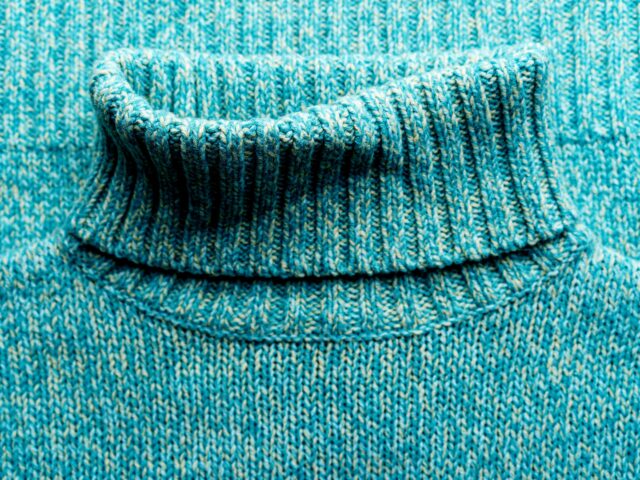
The first step is shearing the sheep, which typically occurs once a year. Once the fleeces have been shorn, they are then graded according to how fine and evenly crimped (the small natural curls) the individual fibers are. These finer grades are then sorted for spinning, either by hand or machine. After this sorting process, the raw wool is washed and carded (combed for straightness and uniformity) before being spun into yarns of various thicknesses. Finally, those yarns can be woven together to create a variety of fabrics, such as Merino wool blankets.
What Are the Uses of Merino Wool?
It is primarily used to make clothing since its soft texture makes it a popular choice for items such as sweaters, coats and hats. It is also commonly used to create blankets due to its impressive insulating properties that help keep you warm even in cold weather.
Merino wool can be dyed in any color and woven into various patterns, making it ideal for creating stylish accessories such as scarves and shawls. Furthermore, Merino wool is highly breathable and odour-resistant, making it the perfect material for activewear.
Benefits of Merino Wool
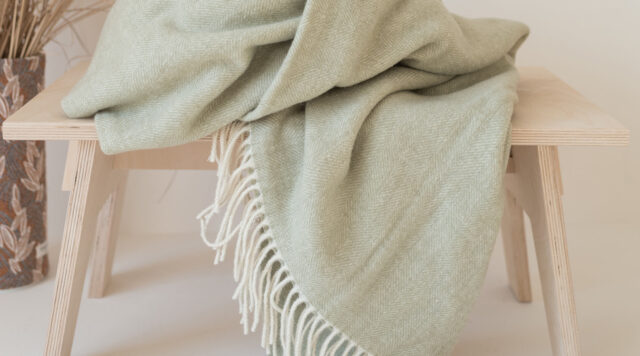
- Softness: Merino wool fibres are much finer and softer than other types of wool, which makes them feel comfortable against the skin.
- Insulation: Merino wool is an excellent insulator, helping to keep you warm in cold weather and cool in hot weather.
- Breathability: It is naturally breathable and moisture-wicking, keeping your body temperature-regulated even when you’re active.
- Odour Resistance: Natural fibres like merino wool are resistant to odours, so your clothes stay fresh for longer.
- Durability: Merino wool is a strong and long-lasting material that doesn’t easily tear or stretch out of shape.
- Versatility: You can find it in a variety of weights, colours and styles—making it easy to find the perfect piece for any occasion
Is a Merino Wool Blanket Worth It?
A Merino wool blanket is well worth the investment. All of the features mentioned above make it an excellent choice for blankets that will be used in any season. Furthermore, a good quality Merino wool blanket can last for years if cared for properly, so you won’t have to worry about replacing it anytime soon. In short, a Merino wool blanket is an excellent option for those looking for something warm and cozy yet stylish at the same time.
A Merino wool blanket can be a great addition to any home as it will keep you warm while also looking stylish. Investing in a quality Merino wool blanket is definitely worth it due to its durability and versatility.
Sustainability and Ethical Considerations
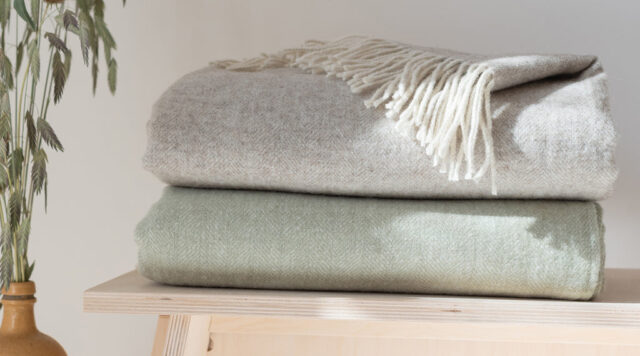
Sustainability and ethical considerations are vital when it comes to choosing any textile material, including merino wool. Merino wool is known for its natural, renewable, and biodegradable properties, making it a sustainable choice compared to synthetic fibers. Merino sheep, which produce this wool, have a relatively low environmental impact. They graze on natural pastures, contributing to land conservation and biodiversity.
Additionally, ethical considerations focus on the welfare of the sheep. Responsible farmers ensure that their sheep are treated humanely, providing adequate living conditions and access to food and water. Shearing, a necessary process for obtaining merino wool, should be carried out by skilled and trained professionals to avoid causing harm or distress to the animals.
Many sustainable certifications and standards exist, such as the Responsible Wool Standard (RWS), which ensures the traceability and welfare of sheep throughout the supply chain. By choosing merino wool from certified sources, consumers can support sustainable and ethical practices while enjoying the benefits of this exceptional natural fiber.
Buying Guide
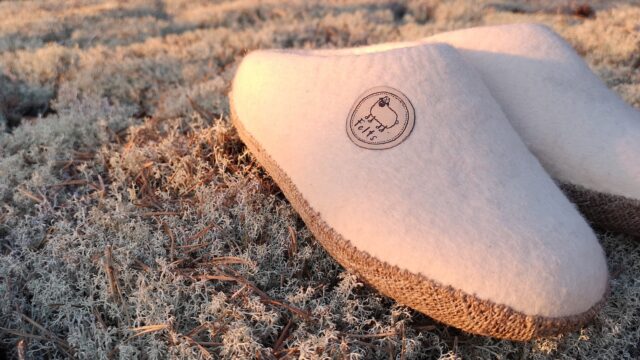
When buying merino products, there are several factors to consider to ensure you make an informed choice. First, check the quality and fineness of the wool. Look for a high Merino percentage, as this indicates a softer and more luxurious feel. Next, consider the weight and thickness of the garment, as different weights are suitable for varying climates and activities.
Pay attention to the manufacturing process and ensure the wool is sourced from reputable and sustainable farms. Look for certifications like the Global Organic Textile Standard (GOTS) or the Responsible Wool Standard (RWS) for assurance. It’s also essential to consider the brand’s reputation and reviews, as well as their commitment to ethical and sustainable practices.
Check the care instructions to ensure the product aligns with your lifestyle and maintenance preferences. Finally, compare prices and consider the value for money, balancing quality and affordability. By considering these factors, you can find the perfect merino wool product that suits your needs while supporting sustainable and ethical practices.
Tips for Layering
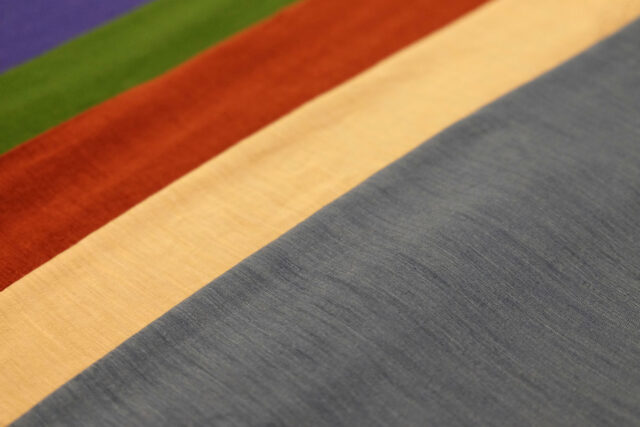
Layering with merino wool is a great way to maximize its benefits and adapt to changing temperatures. Here are some tips to help you master the art of layering with merino wool:
- Start with a lightweight base layer that wicks moisture away from your skin and regulates body temperature.
- Add a mid-layer, such as a sweater or cardigan, for extra insulation and warmth. This layer can be easily removed if you feel too hot.
- Consider a vest or gilet for core warmth while allowing greater freedom of movement.
- Choose a merino jacket or coat as an outer layer to protect against wind, rain, or snow. Look for designs with added features like water repellency or windproofing.
- Experiment with different weights and thicknesses of merino wool layers to adjust to varying weather conditions.
- Opt for merino accessories like hats, scarves, and gloves to provide additional warmth and comfort.
Remember to choose high-quality merino wool garments and follow care instructions to maintain their performance and longevity. With these layering tips, you’ll stay cozy, comfortable, and stylish in any weather.









